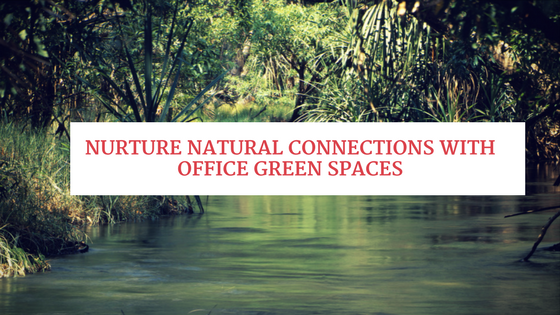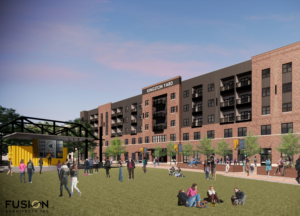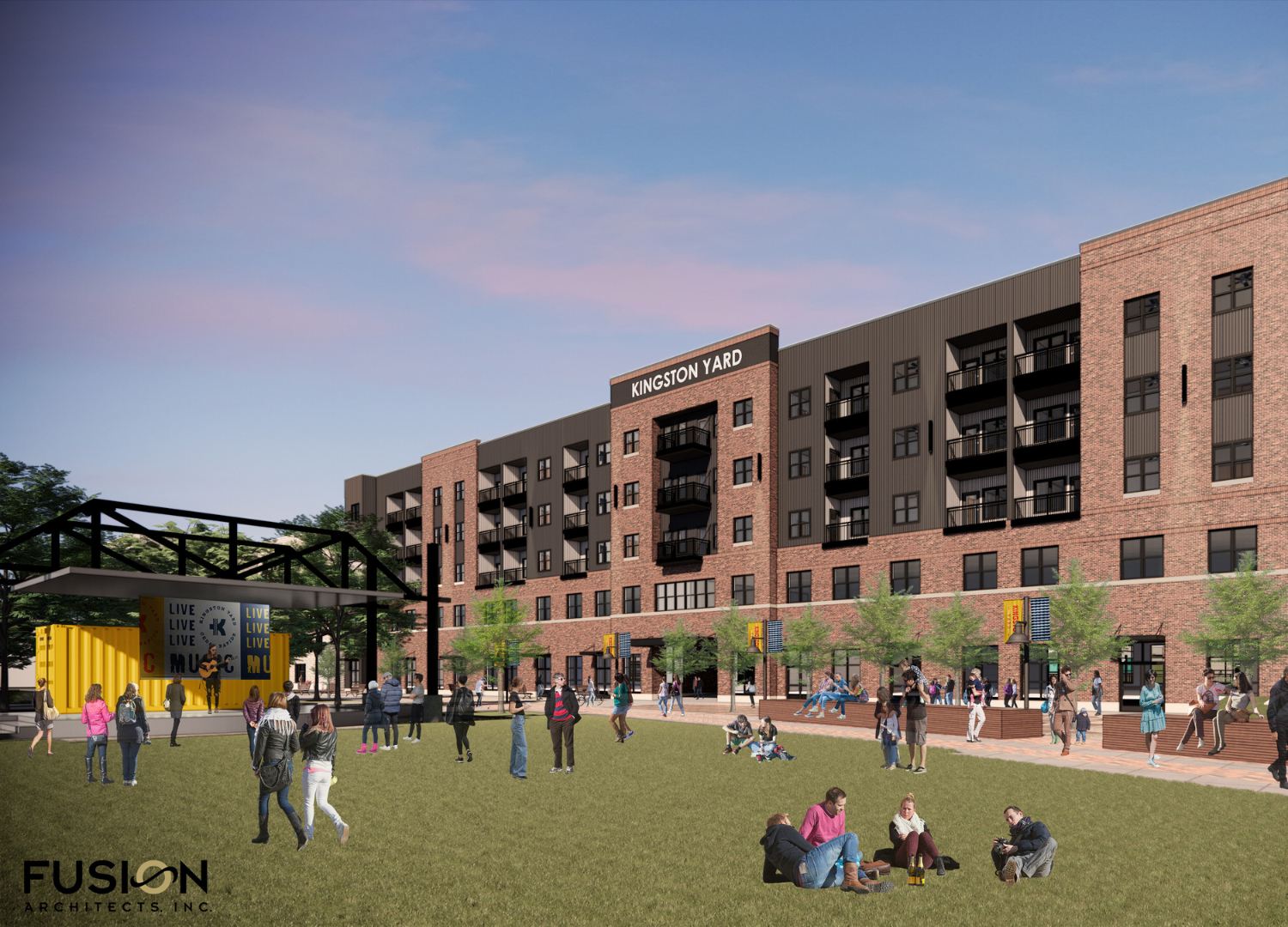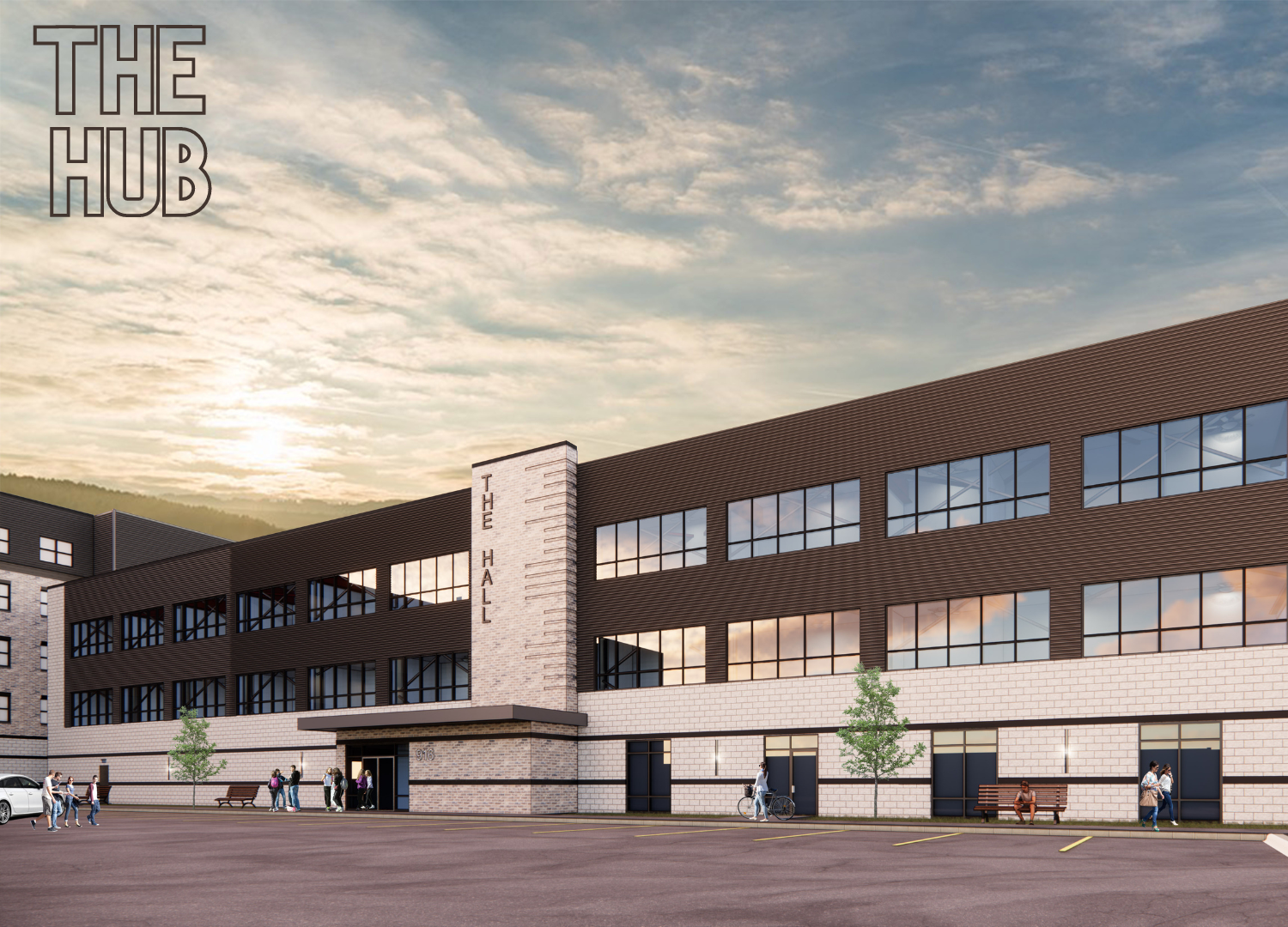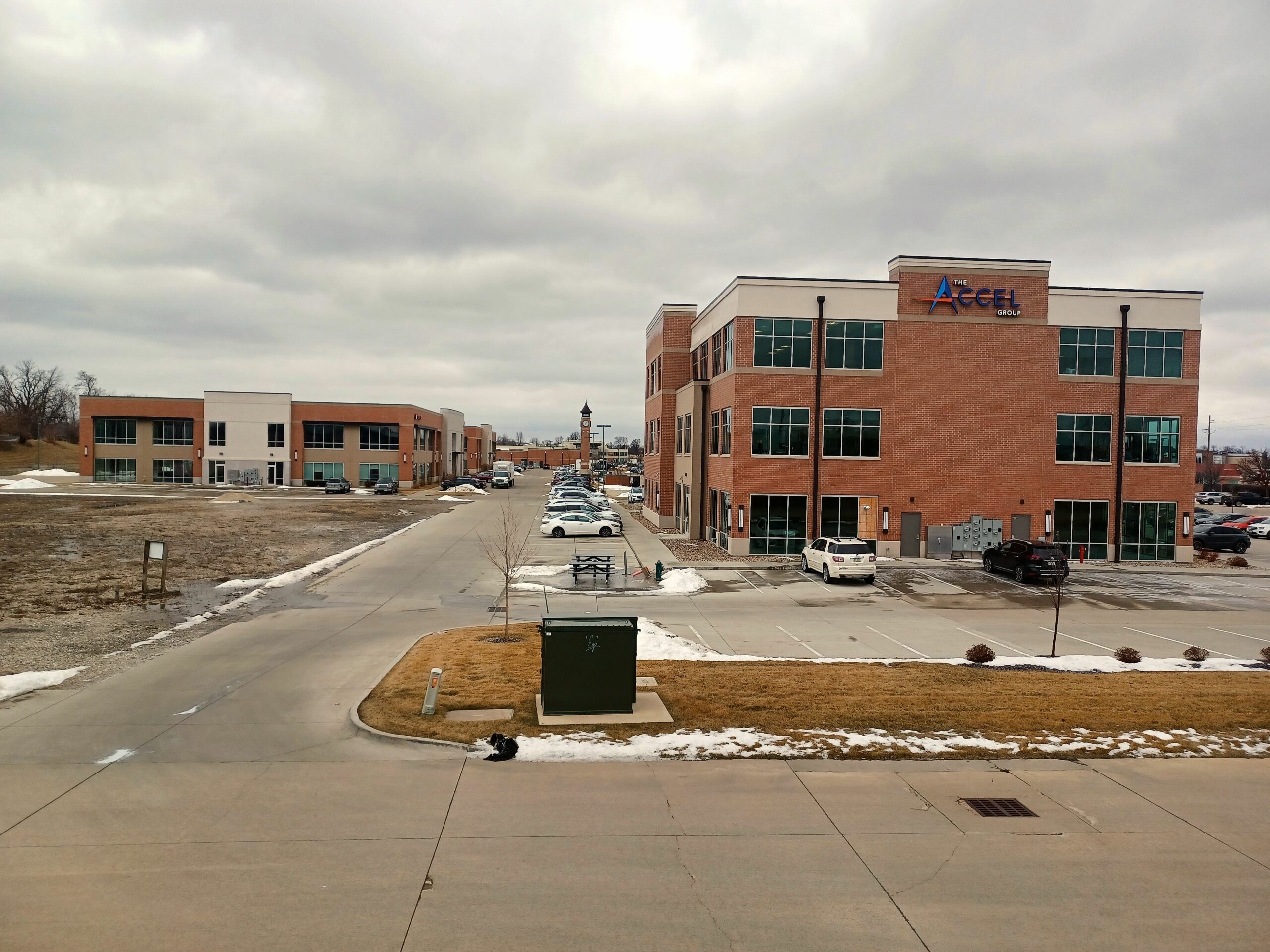Nurture Natural Connections with Office Green Spaces
Hospitals and senior living facilities have long known that exposure to the outdoors facilitates calmness and mental agility, but offices have been slow to catch on – until now. Indoor green spaces are a steadily growing trend in office buildings thanks to three key attributes: nurturing enhanced creativity and memory retention, encouraging a sense of being taken care of through their aesthetic value, and providing perceived improvements in air quality.
These green spaces don’t have to be elaborate; in fact, a 2014 study by the University of Exeter in the UK found that simply adding potted plants to an office can increase productivity by roughly 15% over the baseline found in a “lean” office, a workspace where everything is cleared off of the workspace except items needed for work in order to reduce distractions. Consider adding one of these three types of greenery to your office.
Green Space Living Walls
These vertical panels of plants are great choices for organizations that don’t have a lot of horizontal room to dedicate to greenery. Also known as ecowalls or vertical gardens, living walls are grown using low-maintenance hydroponic systems and are available as free-standing walls or as a series of panels or trays that can be arranged to fit any budget and aesthetic.
Choose from edibles, ornamental plants, or species native to your area to create a stunning installation of living art in your building. All three of these options are capable of improving air quality by absorbing airborne pollutants in the building and emitting oxygen just as outdoor plants do.
Green Space Roofs
Just as the name implies, green roofs literally cover the top of your building in living plants. Options are available for every slope and building type, from shallow modular trays that are easy to swap out for maintenance to deep layers of soil that nurture every size of plant, from grasses to trees. Look no further than Facebook’s MPK20 building in Menlo Park, CA for an example of what you can accomplish on a roof. The social media powerhouse created a 9-acre oasis that features about 360 trees, 110,000 shrubs, a half-mile walking loop, and even a meeting room.
If converting the whole roof to green space isn’t feasible, a smaller section of the roof or even terraces can still make a big impact. Google’s third London office hosts a terrace garden that employees can sign up to grow crops in. What better exposure to nature than working the earth yourself?
Individual Plants
If a larger installation isn’t in the cards, why not add smaller groups of plants in strategic locations around the office? Plants that require a lot of light, like English ivy or ficuses, are a great fit for atriums, south or west windows, and areas under skylights. Less sunny areas are hospitable for African violets or Boston ferns, and even areas with zero direct light like stair landings, hallways, and the building core can grow peace lilies, heart-leaf philodendrons, or cast-iron plants. Succulents and aloe are also fairly easy to maintain and add cheerful color and texture to any office.
When you’re ready to discuss your office real estate needs contact Craig Byers at Q4 Real Estate at 319-294-3339.

